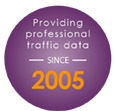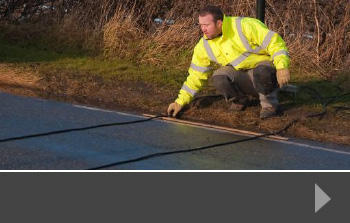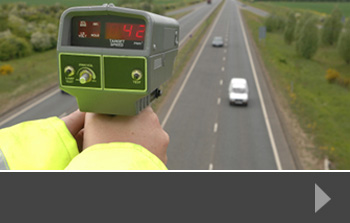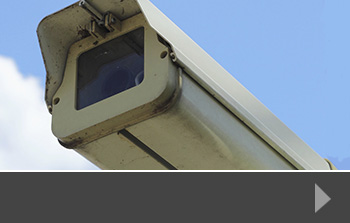Smart motorways: Are they the future of the UK road network?
There is an ongoing effort to manage congestion and traffic jams on the nation’s highways, by changing driver behaviour, making changes to new vehicles such as driver assist, or opening additional lanes and creating new roads to keep up with an ever-increasing road use. Most radical of all, however, is using technology to change the way that roads themselves work. This approach, creating what is called a ‘smart motorway’ has been being tested across the UK for several years now. However, this month, questions have been raised about the safety of these schemes, and many have come under review.
What makes a motorway ‘smart’?
Smart motorways or managed motorways work to actively manage a motorway from one or more control centres. These control centres then use up-to-date information about the state of traffic on the motorway and make changes to electronic road signs, altering the rules of the road in real time. Proponents of these schemes claim this can work to increase throughput, prevent dangerous collisions, and decrease congestion. Changes that may occur on the road include:
– Variable Speed Limits: Adjusting speed limits, increasing or decreasing them as road conditions require.
– Dynamic Hard Shoulder: When a speed limit is reduced, and there is a danger of the motorway becoming backed up, the hard shoulder can be used as an additional lane, increasing traffic flow significantly. When the hard shoulder is being used in this way, special emergency lay-bys become available.
– Dynamic Road Closure: Using electronic signs to warn drivers away from certain lanes where accidents or congestion have made them inaccessible, preventing last minute braking or sudden lane changes that can create traffic jams.
Not all smart motorways use all of these features. What defines a smart motorway is that a combination of electronic displays and a control centre allow changes to be made in real time.
Recent Safety Concerns
Concerns have been raised about whether smart motorways may be doing more harm than good. Last month the British Transport Secretary admitted that he was aware people were dying on these motorways and the system is in review. Critics fear that constantly changing speed limits and lane closures may confuse and distract drivers, taking their attention away from the road. Furthermore, inconsistent or entirely removed hard shoulders and small infrequent emergency lay-bys, may well put road users at unnecessary risk.
It is unclear whether these concerns can be ameliorated by changes such as increased driver familiarity or changes such as more frequent and larger emergency lay-bys. However, whether these changes will be enough to rectify growing safety concerns remains to be seen, meaning smart motorways may turn out not have been the magic bullet to reducing congestion that may once have been thought.
Managing traffic congestion
A way to help reduce traffic congestion is to conduct a thorough and precise traffic survey. At RDS, we specialise in traffic, pedestrian, parking and journey time surveys, helping to see where safely could be improved, congestion reduced and traffic managed more efficiently. To find out more, contact us today.















